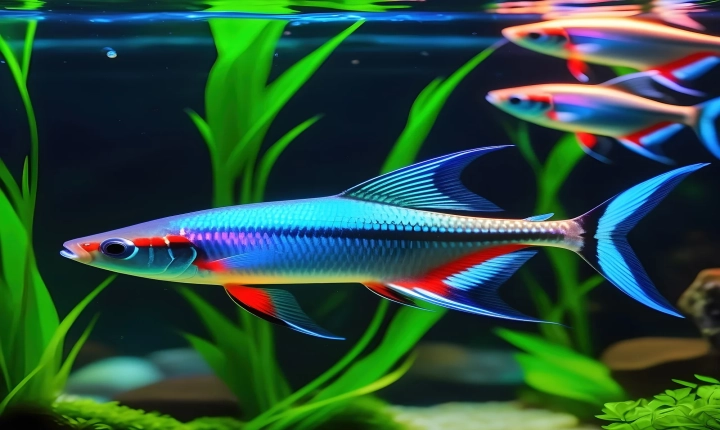Title: How to Generate AI Pictures: A Step-by-Step Guide
In recent years, the field of artificial intelligence (AI) has made tremendous advancements, particularly in the realm of generating realistic and high-quality images. With the emergence of generative adversarial networks (GANs) and other image generation techniques, it is now possible to create stunning visuals with the help of AI. Whether you are a designer, artist, or simply interested in exploring the capabilities of AI, learning how to generate AI pictures can be a fascinating and rewarding endeavor.
Step 1: Understanding the Basics of AI Image Generation
Before delving into the process of generating AI pictures, it is essential to have a basic understanding of the underlying principles and techniques involved. AI image generation relies on sophisticated algorithms that are capable of learning and replicating visual patterns and features. GANs, in particular, have gained popularity for their ability to produce realistic images by pitting two neural networks against each other – a generator and a discriminator.
Step 2: Choosing the Right Tools and Frameworks
To get started with AI image generation, it is important to select the appropriate tools and frameworks. There are several popular libraries and platforms that are widely used for image generation tasks, such as TensorFlow, PyTorch, and OpenAI’s CLIP. These platforms provide a range of pre-trained models and resources that can be leveraged to generate AI pictures.
Step 3: Preparing and Training the Model
Once the necessary tools and frameworks are in place, the next step is to prepare and train the AI model for image generation. This involves feeding the model with a large dataset of images to learn from, as well as fine-tuning the model parameters to achieve the desired output. Many pre-trained models are available, which can be further trained on custom datasets to generate images tailored to specific requirements.
Step 4: Generating AI Pictures
With the model trained and ready, it is time to start generating AI pictures. This can be achieved by providing the model with a random input or seed, and letting it generate images based on the learned patterns and features. Through iterative refinement and experimentation, it is possible to generate a wide variety of visually appealing and original AI pictures.
Step 5: Refining and Optimizing the Results
Generating AI pictures is often an iterative process that involves refining and optimizing the results. This can be done by adjusting various parameters, incorporating feedback from the generated images, and experimenting with different styles and inputs. By iteratively fine-tuning the model, it is possible to produce increasingly realistic and captivating AI pictures.
Step 6: Ethical Considerations and Responsible Use
As with any application of AI technology, it is crucial to consider the ethical implications and responsible use of AI-generated pictures. Care should be taken to ensure that the generated images are used in a manner that aligns with ethical and legal standards, and that they are not used to deceive or manipulate individuals.
In conclusion, the ability to generate AI pictures represents a fascinating intersection of art, technology, and creativity. By following the steps outlined above and leveraging the power of AI image generation techniques, individuals can explore new avenues of visual expression and expand the boundaries of artistic creation. As the field of AI continues to evolve, the potential for generating stunning and compelling AI pictures is only set to grow, offering endless possibilities for innovation and artistic exploration.
